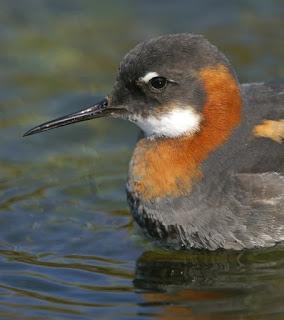
© Malcie Smith (RSPB Scotland)
A special piece of music inspired by the remarkable migration journey of one of Britain’s rarest breeding birds will be performed by over 2000 children at the Royal Albert Hall in London on 27th June.Haringey Schools Music Festival will hear children from London and Peru perform the musical ballad, inspired by RSPB Scotland’s discovery of the red-necked phalarope’s incredible 16,000 mile migration route.


